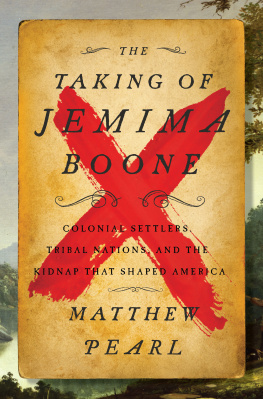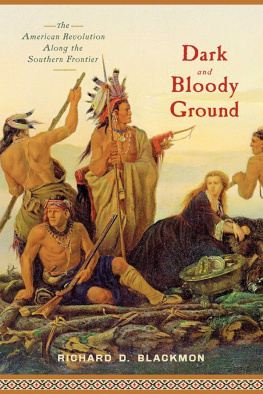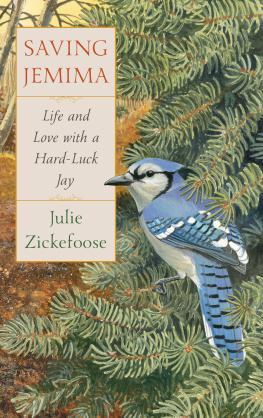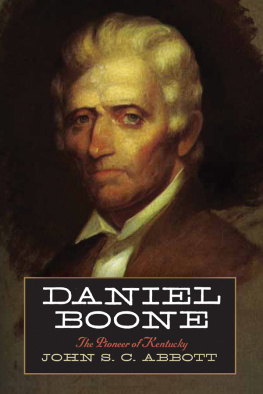Dedicated to the memory of Ian Pearl,
19722020
Contents
THE TAKING OF JEMIMA BOONE . Copyright 2021 by Matthew Pearl. All rights reserved under International and Pan-American Copyright Conventions. By payment of the required fees, you have been granted the nonexclusive, nontransferable right to access and read the text of this e-book on-screen. No part of this text may be reproduced, transmitted, downloaded, decompiled, reverse-engineered, or stored in or introduced into any information storage and retrieval system, in any form or by any means, whether electronic or mechanical, now known or hereafter invented, without the express written permission of HarperCollins e-books.
Cover design by Robin Bilardello
Cover painting: Kentucky Landscape, James Pierce Barton (18711891)
Cover images Shutterstock
FIRST EDITION
Digital Edition OCTOBER 2021 ISBN: 978-0-06-293781-0
Version 08092021
Print ISBN: 978-0-06-293778-0
Australia
HarperCollins Publishers Australia Pty. Ltd.
Level 13, 201 Elizabeth Street
Sydney, NSW 2000, Australia
www.harpercollins.com.au
Canada
HarperCollins Publishers Ltd
Bay Adelaide Centre, East Tower
22 Adelaide Street West, 41st Floor
Toronto, Ontario, M5H 4E3
www.harpercollins.ca
India
HarperCollins India
A 75, Sector 57
Noida
Uttar Pradesh 201 301
www.harpercollins.co.in
New Zealand
HarperCollins Publishers New Zealand
Unit D1, 63 Apollo Drive
Rosedale 0632
Auckland, New Zealand
www.harpercollins.co.nz
United Kingdom
HarperCollins Publishers Ltd.
1 London Bridge Street
London SE1 9GF, UK
www.harpercollins.co.uk
United States
HarperCollins Publishers Inc.
195 Broadway
New York, NY 10007
www.harpercollins.com
Contents
Guide
MATTHEW PEARLs novels have been international and New York Times bestsellers and have been translated into more than thirty languages. He edits Truly*Adventurous magazine, and his nonfiction writing has appeared in the New York Times, the Boston Globe, and Slate. He has been chosen as Best Author in Boston magazines Best of Boston issue and received the Massachusetts Book Award for Fiction. The Taking of Jemima Boone is his nonfiction debut.
Discover great authors, exclusive offers, and more at hc.com.
THIS BOOK OWES EVERYTHING TO the faith and the efforts of my tireless and generous agent and editor, Suzanne Gluck and Sara Nelson, respectively. Many thanks also to the hard work and dedication of the team at WME Agency, including Andrea Blatt and Hilary Zaitz Michael; and at HarperCollins, Jonathan Burnham, Robin Bilardello, and Mary Gaule.
I am lucky to receive regular doses of moral and writing support from Kevin Birmingham, Benjamin Cavell, Gabriella Gage, Greg Nichols, and Scott Weinger. Always, I am grateful for the support of my parents, Susan and Warren Pearl, and my mother-in-law, Marsha Selley. Never failing to inspire and advise is my wife, Tobey Pearl. Finally, Cooper, Graham, and Lulu light up our home with laughter and wonder, with credit to Cooper, my research assistant and fellow Kentucky explorer.
Chapter
ON THE DAY HER LIFE would be transformed, Jemima Boone was occupied like many girls her ageescaping chores and testing parental boundaries. This was July 14, 1776, ten days after the completion of the Declaration of Independence, but news of that turning point in the year-old Revolutionary War had not reached Jemima and her fellow settlers beyond the borders of the former colonies. While the fledgling American government was still spreading the word of its determination to form a nation independent from England, the frontier remained in limbo, caught in a struggle among Indians, settlers, the British, and nature itself.
Jemima strolled the banks of the Kentucky River with two friends downhill from the hardscrabble settlement where they had moved with their families. That year-old settlement was Fort Booneor Boonesboro, as it was increasingly callednamed for Jemimas father, Daniel, but gesturing at her whole familys contributions. Alongside Jemima walked Betsy and Fanny Callaway. Betsy, sixteen, had dark hair and complexion, and Fanny, fourteen, would be described as a fairy blonde. At thirteen, Jemima was the youngest of the trio and, having arrived before Betsy and Fanny, had eagerly welcomed companions near her own age.
They constituted a significant portion of the girls at the settlement, the total population of which was fluid but not more than a hundred. Childhood came with considerable autonomy on this frontier, but it also absorbed pressures and responsibilities. Considered an adult at sixteen, Betsy had recently gotten engaged, and the younger girls began to attract suitors. Now that they were in their teens, they were expected to contribute to one of the settlements scarcest resources: children.
Late the previous year, Dolly, an enslaved Black woman brought to Boonesboro by the Callaway family, had given birth to a son, the first non-Indian known to be born in Kentucky. Dollys motherhood is one of many early milestones achieved by members of the community who had no say in their arrival to this wilderness. Jemimas older sister, Susannah, had by now given birth to a daughter, making Jemima more conspicuous in her status as next in line among Boones to start a family. In the short history of settlers pushing into Kentucky, there had yet to be a wedding. The teens and their families were still among the only non-Indians settled in Kentuckythe result of the controversial westward expansion that now faced obstacles at every level.
With summer blazing, the girls had felt confined at home, and this excursion broke up the monotony. It also held out the possibility of coming home with flowers, which could spruce up the spartan cabins in the settlement. The Callaway girls half sister, Kezia, who was seven and known as Cuzzy, and some of the other younger girls begged to go along, but the older ones sent them home disappointed. The trio kept walking until they reached the settlements lone canoe. One of the eligible young men at the fort, twenty-four-year-old Nathan Reid, had offered to row them out when he had heard about their plans earlier. But Reid never showed, and they may have already forgotten about his offer. The three friends didnt need anybodys help with the canoe or the river. Jemima had earned the childhood nickname Duck for taking to the water so naturally.
Climbing into the unadorned vessel, the three girls floated along the dark water, vegetation stretching above magnificent cliffs into the sky. Jemima had recently hurt herself stepping on a sharp stalk, the same kind of cane stalks lining the rivers edges. Draping her leg over the side of the canoe into the water soothed her but left her guard down.
THE BOONES HAD led the way to Kentucky before the Revolutionary War as they balanced a desire to stake out a new phase of life against portents of violence, which were often ignored. On one of Daniel Boones early expeditions through the treacherous passages, including the Cumberland Gap, he had encountered members of the Shawnee tribe, for whom the vast natural resources of Kentucky had not only material but also spiritual importance. The Shawnee creation origin story stressed the value of isolation and independence, envisioning the tribe on an island as the only people in the world. Kentucky, at least up to this point, might as well have been that mythic island. On this occasion, an Indian known to the explorers as Captain Willa Cherokee by heritage who had shifted tribal allegiance to the Shawneewarned Boone and his companions against incursions into this untrammeled territory, which was separated from Virginia by mountain ranges and rivers and had only recently begun to be mapped.
Next page










